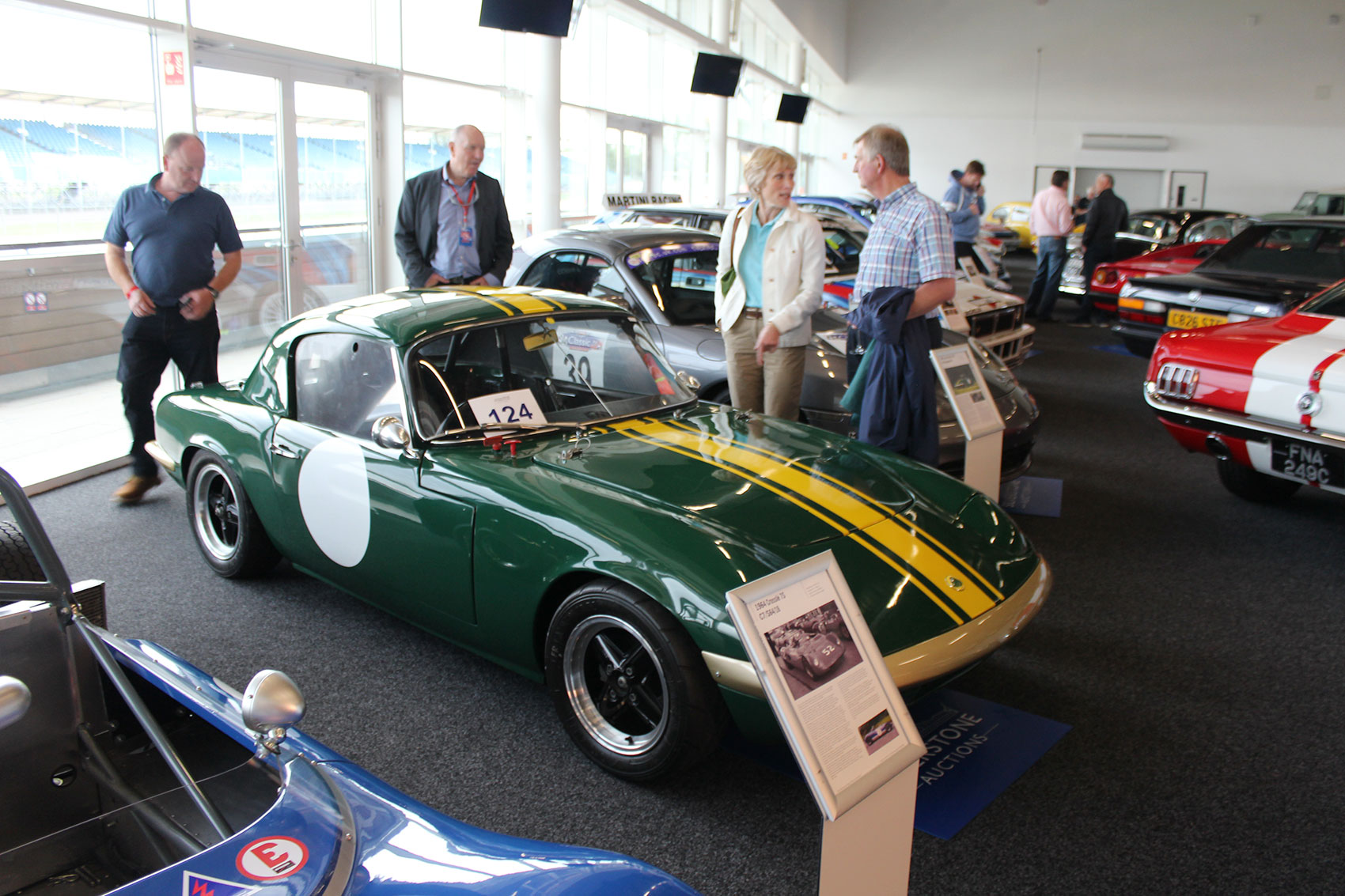While the sale of a Rowan Atkinson Land Rover may have been an auction milestone for a diesel-engined classic, equine horsepower has survived being replaced by the automobile and its support industry continues to thrive


Richard Hudson-Evans
Even though diesel cars are being disadvantaged first by both the Government with their 2040 ban on manufacturing new ones and the spread of the London Mayor’s two-tier parking charges, Rowan Atkinson’s Land Rover performed extraordinarily strongly at auction during the recent Silverstone Classic sales.
For the actor’s 2015 Defender Heritage 90 ‘Celebration Limited Edition’ in inappropriate Grasmere Green with newly politically incorrect 2.2 4-cylinder turbocharged diesel engine - one of the final 400 which had ‘officially’ been priced at £27,800, but had actually cost investors circa £31,000 – was landed by the second owner for a more than top estimate £48,000 including Silverstone Auctions premium.
Pre-auctioneers’ charges, this rolling asset had therefore appreciated by more than £17,000 or 55% in less than two years, a gain of £8500 per annum. Although Atkinson was only dispersing his 90 apparently as he had recently upgraded to the 110 4-door version. Nevertheless, the £48k valuation of this Defender may have been the peak on the graph.
Nearly all diesels sold in classic car auctions have been Land Rovers, although most of the really early and most collectible Series 1s have 1.6-litre petrol fuelled engines, which are likely to be unaffected by any curbing of diesels, particularly in the shires that are safely outside what are likely to be increasingly emissions-obsessed metropolitan administrations, for most of the rest of this century. For while electrified buses and taxis could become the norm in the inner city, the haulage industry and white van man, who between them deliver everything we cannot do without, including fossil fuel by the tanker full, will continue to be diesel-fuelled for most of our futures.
In any case, the horse was never killed off by the infernal combustion engine and the motor vehicle revolution that quickly overtook hay-fuelled horsepower as the main means of transport. For fine horses, all of whom die (unlike collector cars, which outlive all their guardians!) have not only survived redundancy, but their support industry thrives. From risk taking hunters to pampered ponies, most horses are safely segregated from other highway users by being transported by horse box to the races and to the sales, where punters and owners continue to bet huge amounts of money on their future performance.
Already, many fine cars and most historic competition cars are similarly shielded from other road traffic by being carried about on trailers, increasingly covered ones, to take part in historic race meetings and rallies, to be displayed at classic car shows, and to be uplifted to and from restorers and auctions. Classics will survive surely by following in the wheel tracks of the transported horse.
